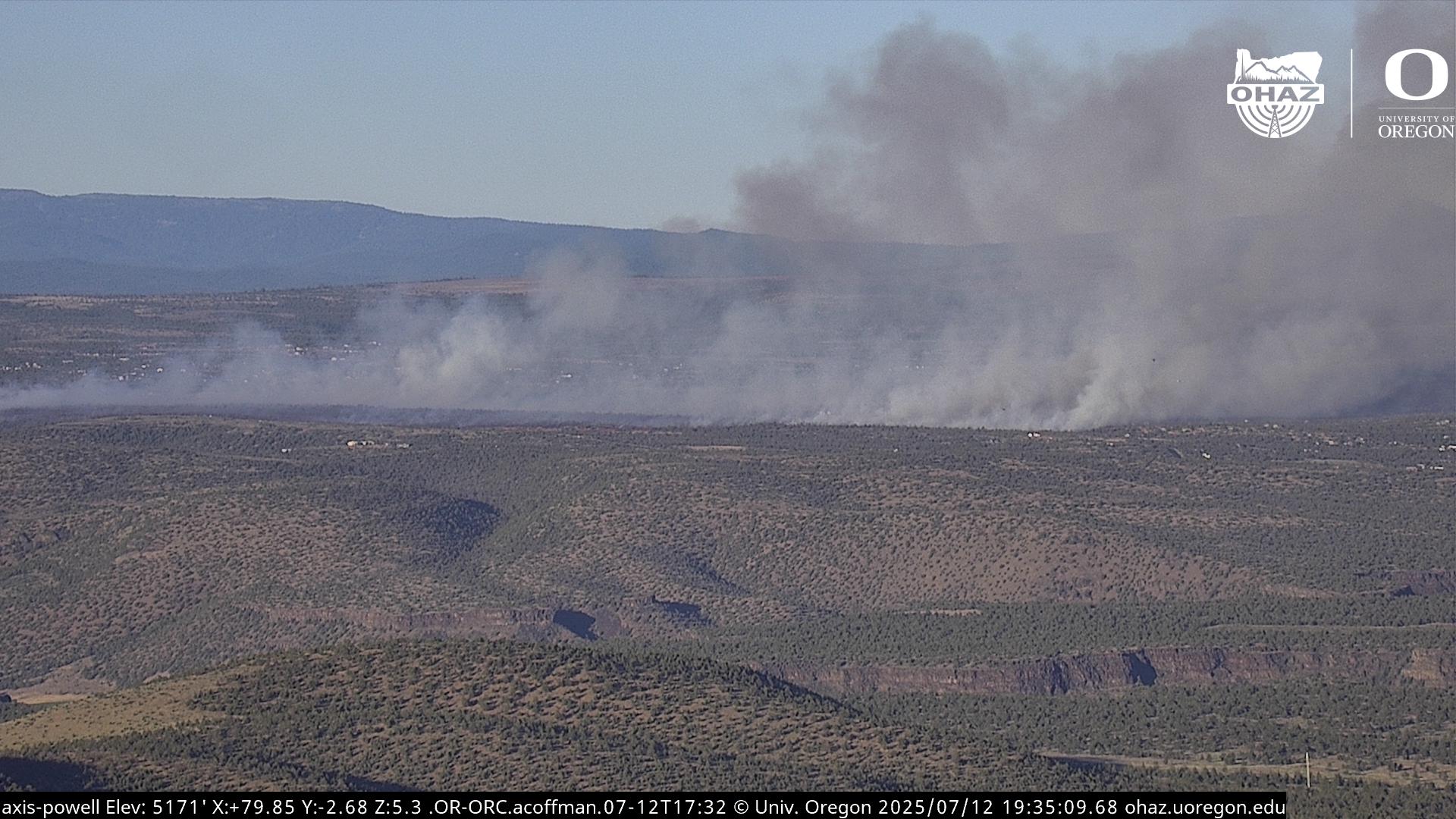Book review: Bernie Madoff, despite so many ‘final words,’ remains inscrutable
Published 9:00 pm Tuesday, July 9, 2024

- “Madoff: The Final Word” by Richard Behar.
During one of the darkest weeks in the history of Wall Street, the globe-trotting financial investigative journalist Richard Behar got a call from his cousin.
It was about Aunt Adele.
Trending
Anything to do with his 80-year-old aunt meant a lot to Behar. She’d been almost like a surrogate mother to him in those years after his parents, who had struggled to make a home for him, placed him in foster care on Long Island.
Into his 40s, Behar had periodically benefited from the largesse of his multimillionaire aunt, who he’d esteemed as a savvy investor. Now, as he learned from his cousin, she’d gone bust. She’d been scammed, like thousands of others, by a man who had been arrested in December 2008 but Behar had not heard of until then: Bernie Madoff.
His cousin’s call the day after Madoff’s arrest set Behar on a decade-and-a-half-long quest — both before and after Madoff’s death in 2021. His search for answers about the notorious architect of a $68 billion Ponzi scheme became a sort of Bernie and Me saga that spanned dozens of phone conversations stretched over nearly 10 years beginning in 2011; hundreds of emails; and multiple visits to the North Carolina prison where Madoff was serving a 150-year sentence.
Their conversations and voluminous written correspondence form the basis of Behar’s first book, “Madoff: The Final Word,” which Avid Reader Press published Tuesday. It is a deeply reported and occasionally overwhelmingly detailed examination of Madoff’s motives and methods.
The Bernie Madoff who emerges from Behar’s extraordinary access and hours of phone calls is not just vain and delusional, but also a profane, tiresome, self-absorbed bore, endlessly droning on about his legacy, casting blame on others and pumping up a set of laughably dubious accomplishments.
Behar — a contributing editor at Forbes — writes that Madoff was a “financial cannibal” and a “pathological liar.” But in their talks, the two men sometimes found common ground, including their opinion that Madoff’s sentence after pleading guilty to 11 felony charges, including securities fraud and money laundering, was overly harsh.
Trending
“What was surprising was that I found myself agreeing with him,” Behar writes. “He hadn’t killed anyone.”
They were most in sync when it came to their take on the clients who had reaped suspiciously hefty returns from their Madoff investments before the Ponzi scheme collapsed.
Behar read aloud to me one snippet from his conversations with Madoff that he considers particularly convincing: “Quite frankly,” Madoff said, “one thing I’ve been convinced of is that everybody has a very selective memory. Everybody just only wants to think about what I did to them. No one wants to take any blame that their greed contributed to this.”
“He has a point,” Behar said.
Behar, refreshingly, turns out to be a bit of a contrarian, questioning some of the received wisdom about the case and, at the very least, prompting us to consider whether a story prone to reductionism is more nuanced than we thought — whether we buy his arguments or not.
That New York magazine cover calling Madoff a “monster” and portraying him as a grinning villain straight out of a Batman movie? Madoff didn’t necessarily deserve to become the “human face of the entire financial crisis,” Behar writes, at a time when the country was convulsing from the subprime-mortgage meltdown.
The idea that the Securities and Exchange Commission dropped the ball by not catching on to Madoff? Behar notes that the agency is chronically understaffed and flooded with more tips than it can handle; he also takes the position that the widely referenced narrative of the SEC ignoring complaints about Madoff from a whistleblower is oversimplified.
Even after 15 years obsessing over the case, Behar can’t say for sure what was wrong with Madoff. “There may never be a final word,” Behar writes, “on what made Bernie Bernie.”








